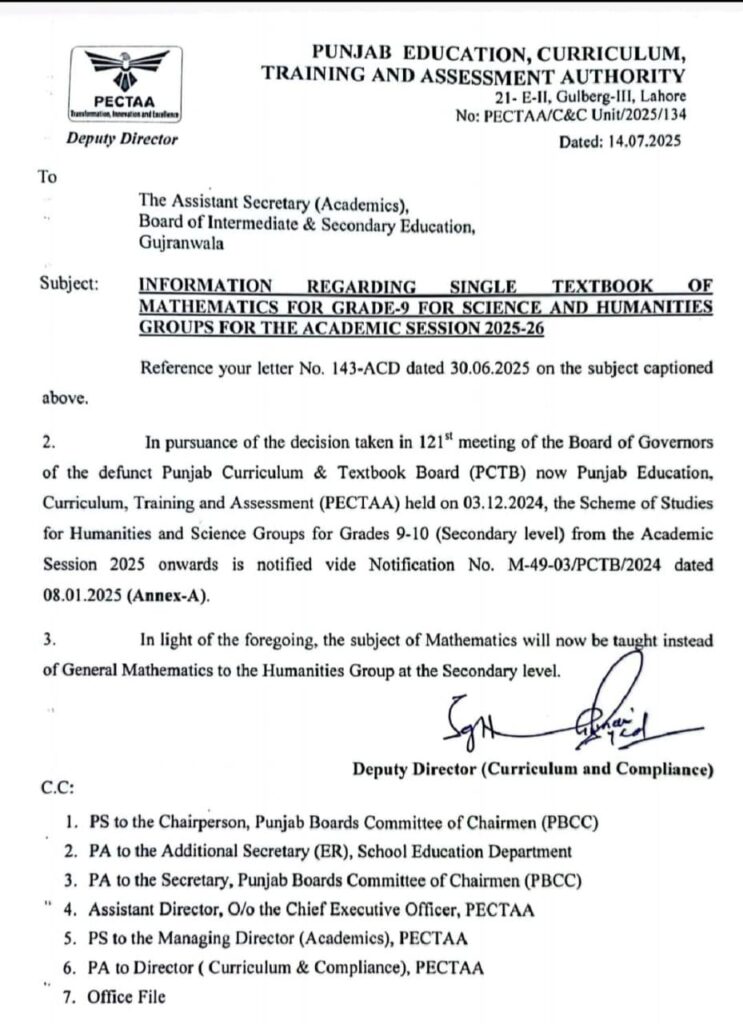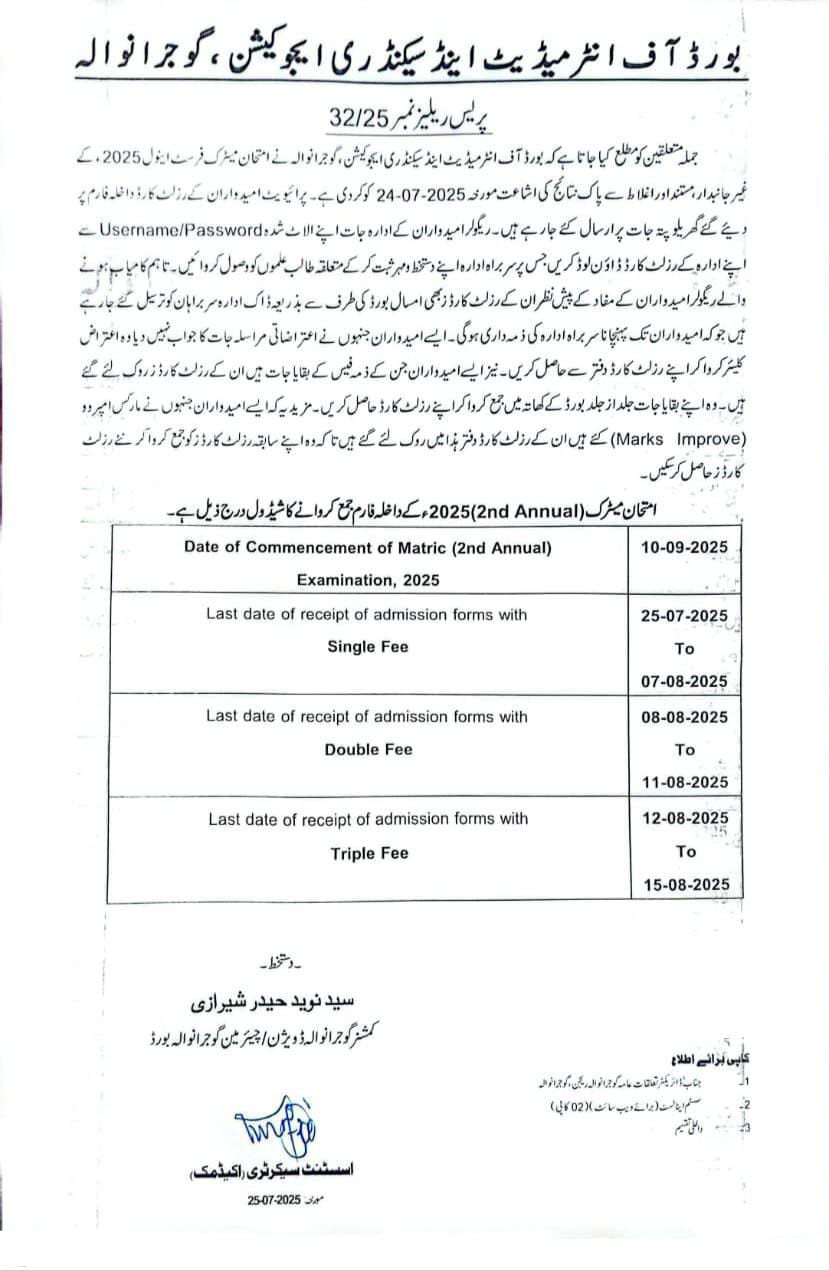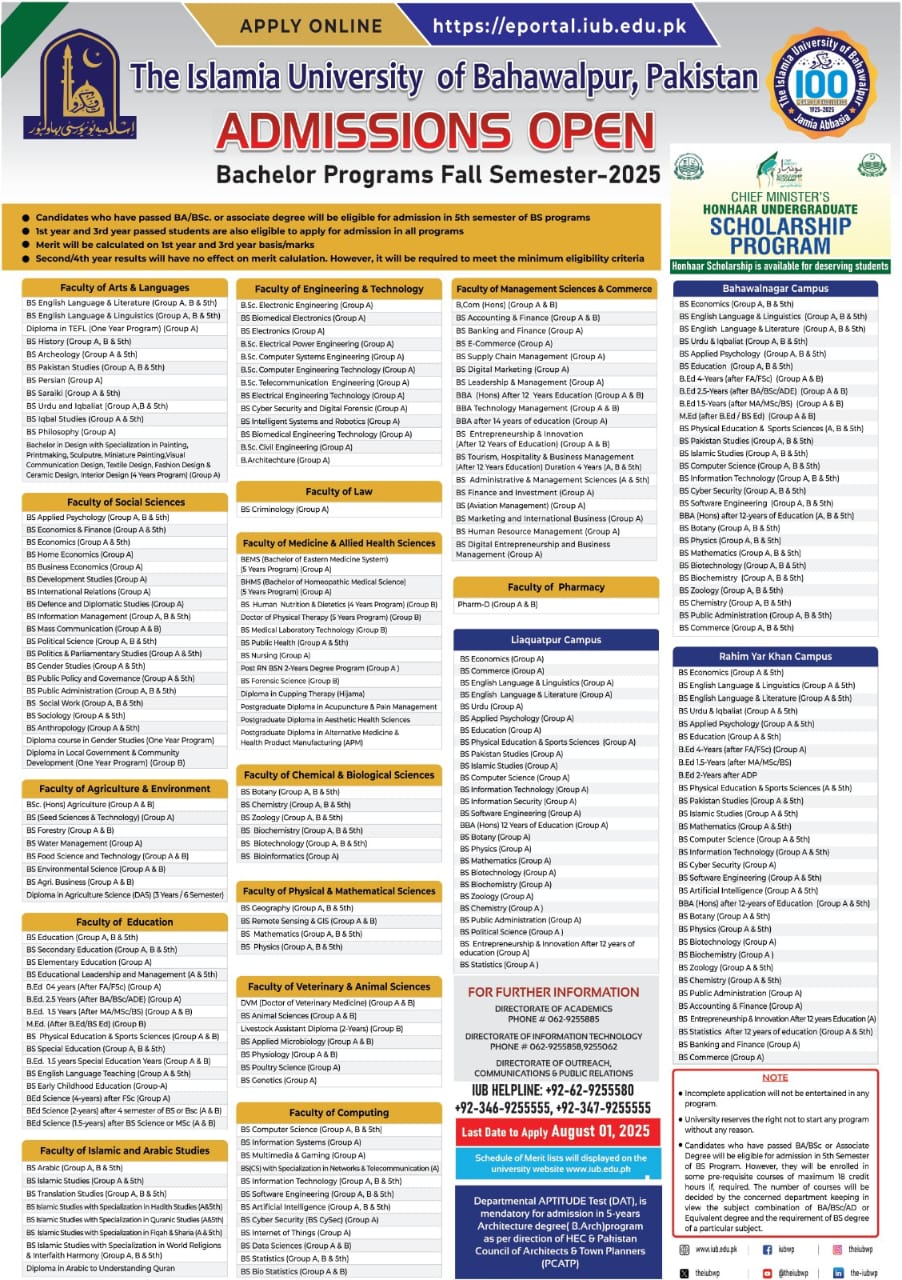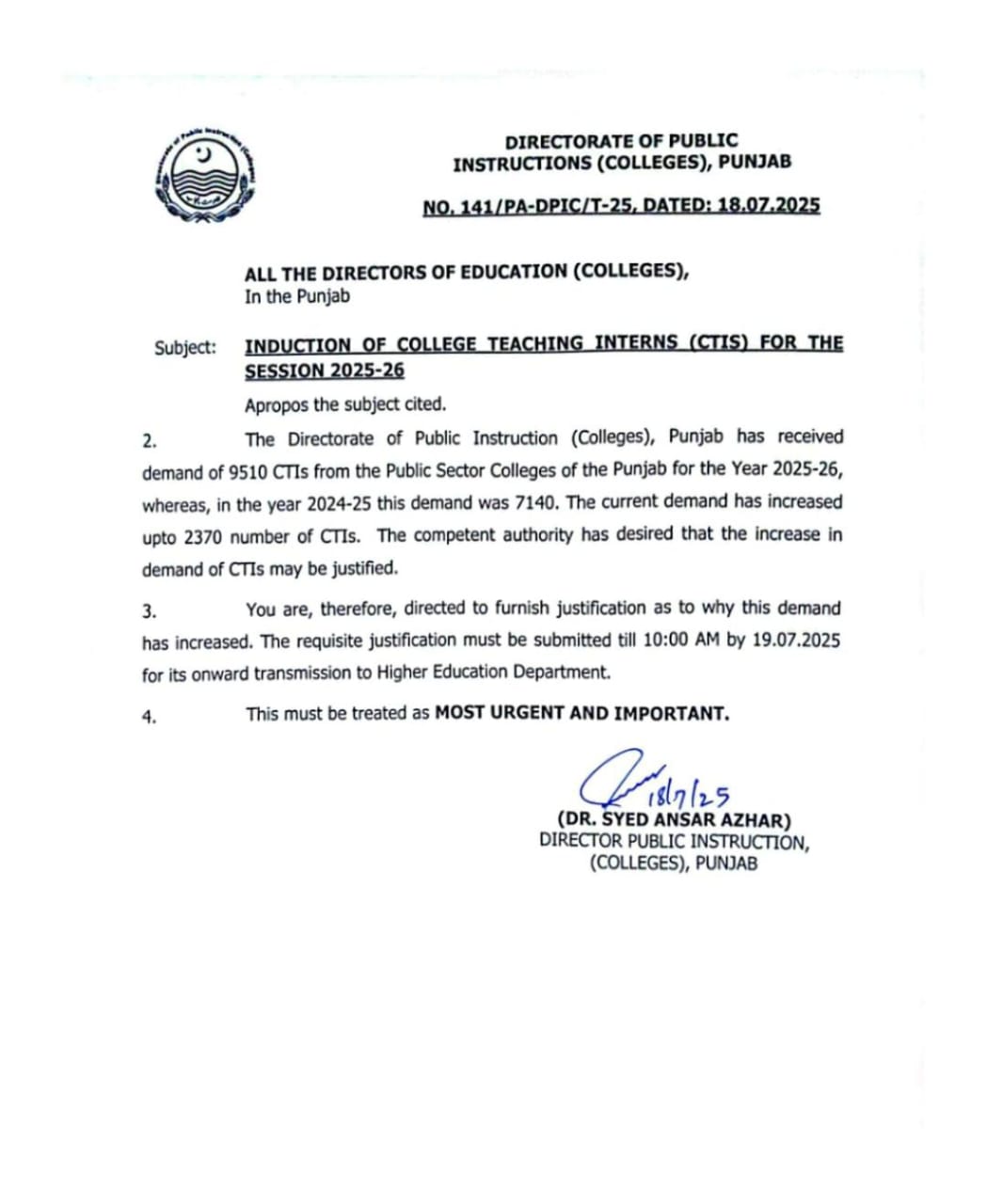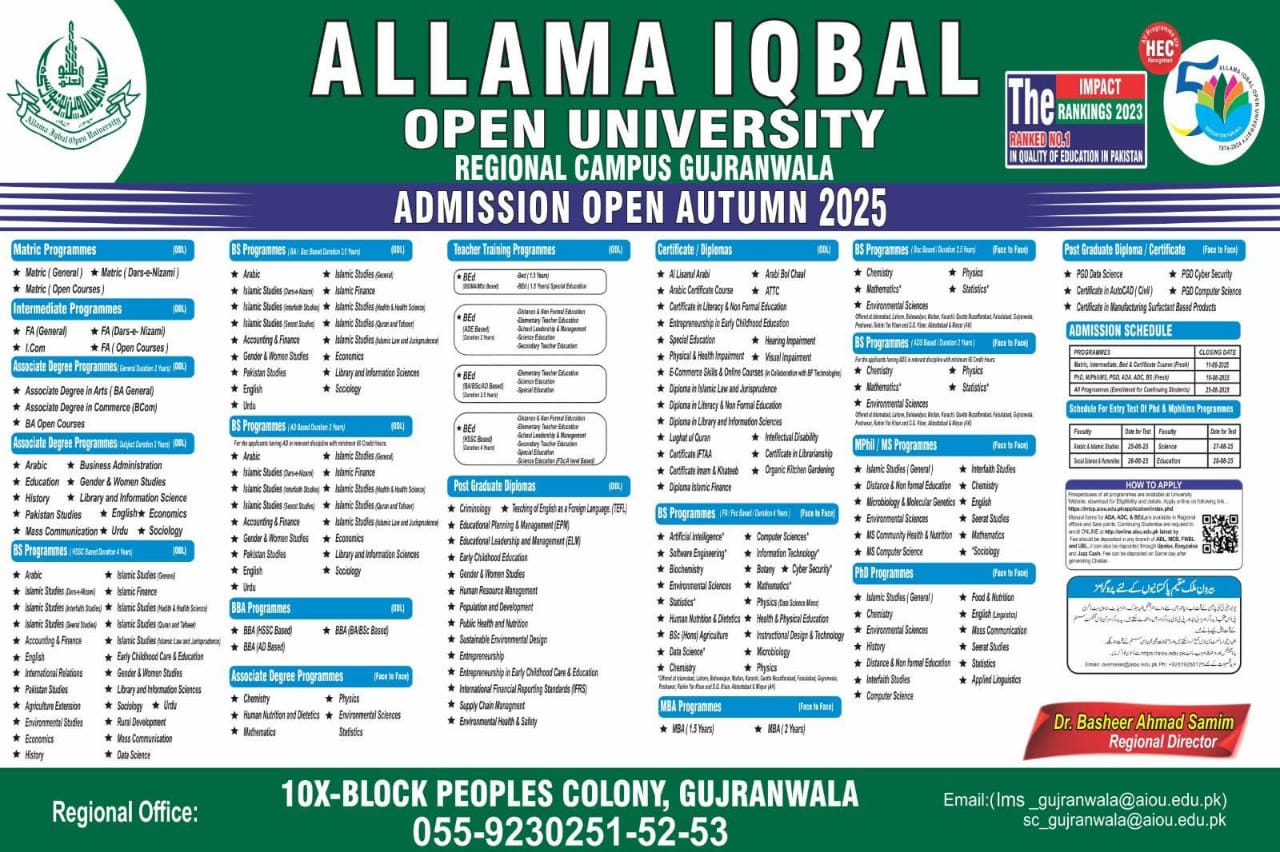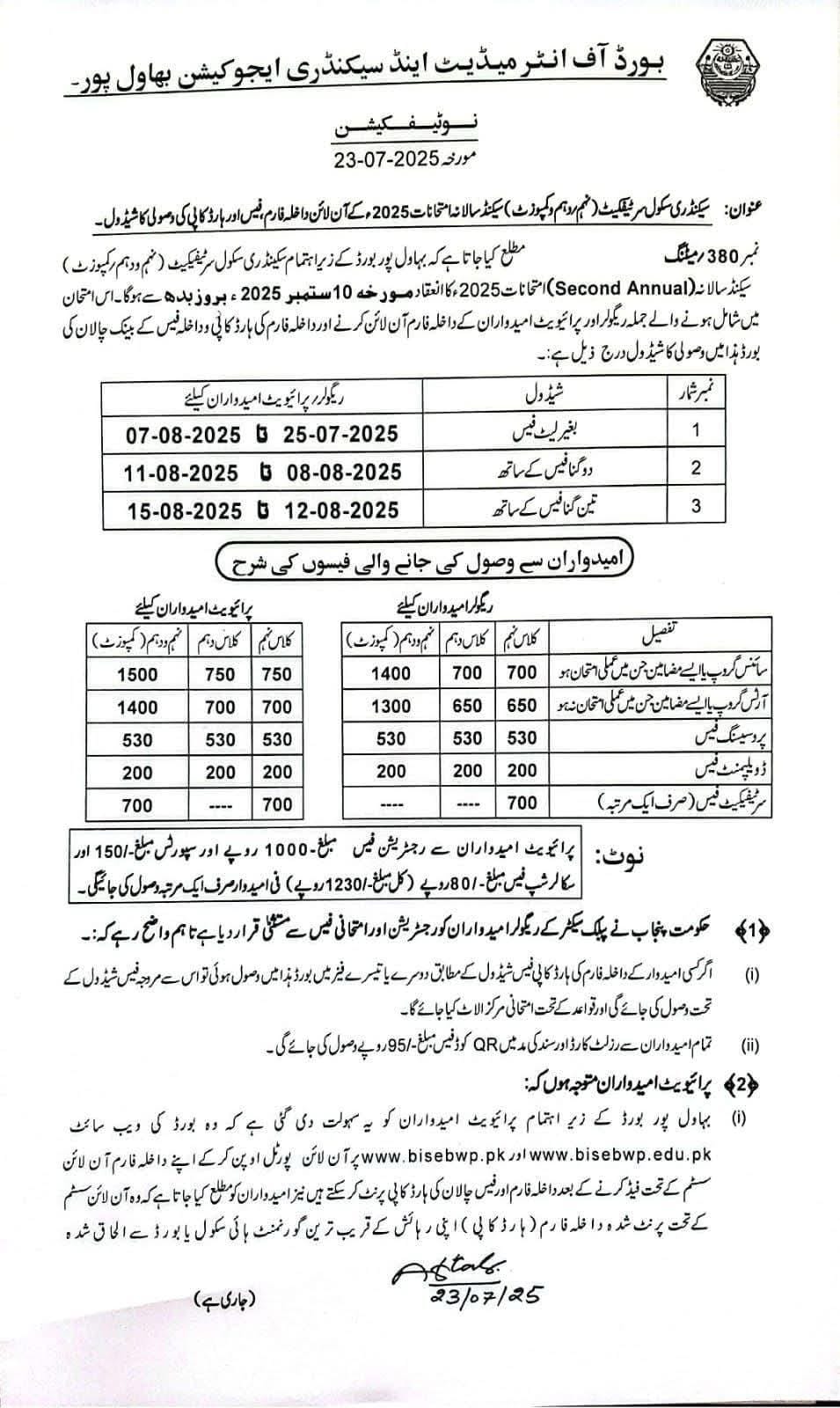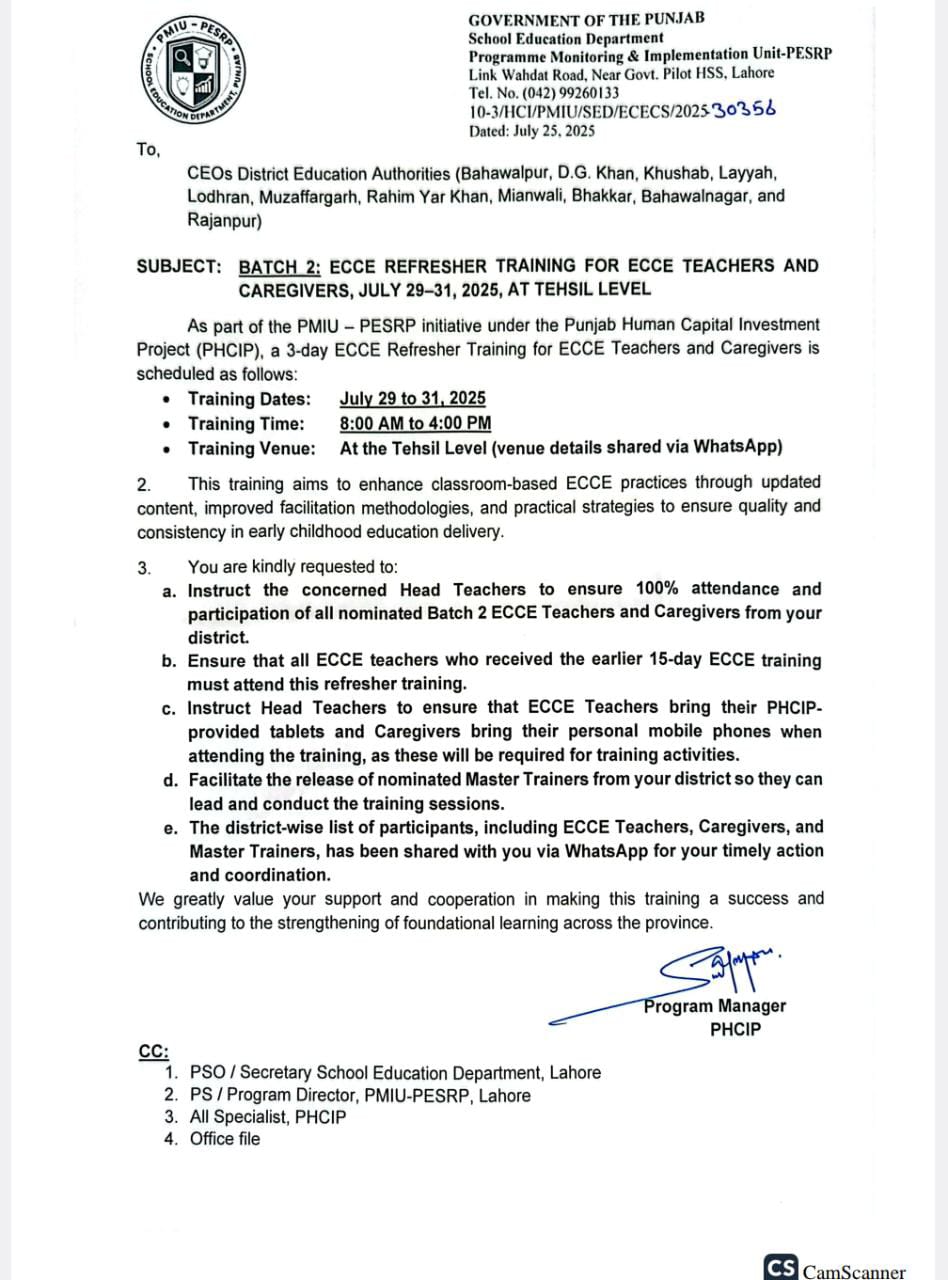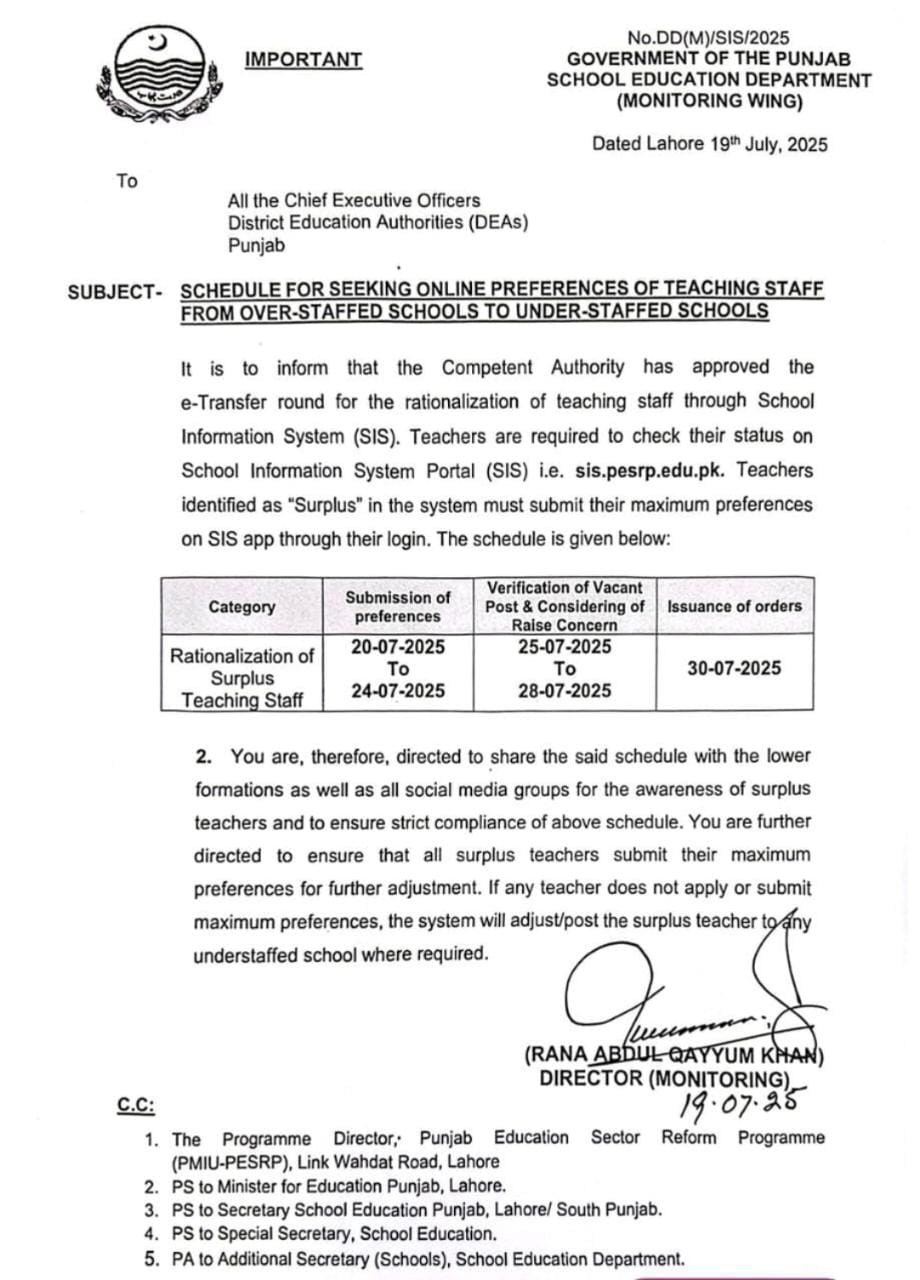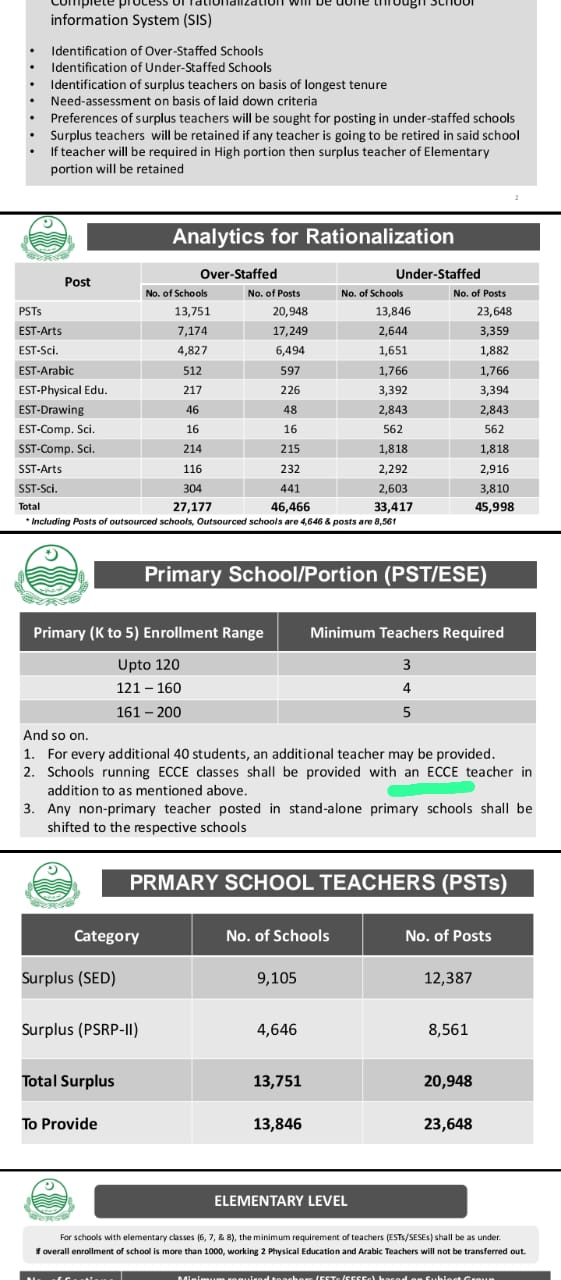PECTAA Introduces Single Mathematics Textbook for Grade-9 Science and Humanities Groups in 2025-26
Key Points
- The Punjab Education, Curriculum, Training and Assessment Authority (PECTAA) has introduced a single Mathematics textbook for Grade-9 students in both Science and Humanities groups for the 2025-26 academic session.
- This change aims to standardize education, ensuring all students receive the same quality of mathematical instruction.
- The decision may require adjustments for students and teachers, but it is expected to enhance learning consistency and prepare students for future studies.
What is the New Policy?
Starting from the 2025-26 academic session, Grade-9 students in Punjab, Pakistan, will use a single Mathematics textbook, regardless of whether they are in the Science or Humanities group. This decision, made by PECTAA, replaces the previous system where Humanities students studied General Mathematics, and Science students followed a different Mathematics curriculum. The goal is to create a unified learning experience for all students.
Why Does This Matter?
A standardized textbook ensures that all Grade-9 students, whether pursuing Science or Humanities, have access to the same foundational mathematical knowledge. This can make learning fairer and help students better prepare for higher education or careers where math is important.
How Will It Affect Students and Teachers?
Students will benefit from a consistent curriculum, but they may need time to adjust to new material. Teachers will teach from one textbook, which could simplify their planning, though they might need training to adapt to the new content. Schools will also need to ensure the new textbooks are available on time.
Where to Find More Information?
For official updates, check the PECTAA website or the Punjab Curriculum and Textbook Board notifications page. Schools will also provide guidance on accessing the new textbook.
PECTAA Introduces Single Mathematics Textbook for Grade-9 Science and Humanities Groups in 2025-26
Introduction
In a landmark decision aimed at standardizing education across Punjab, the Punjab Education, Curriculum, Training and Assessment Authority (PECTAA) has announced the implementation of a single Mathematics textbook for both Science and Humanities groups in Grade-9 starting from the academic session 2025-26. This move is part of a broader initiative to enhance the quality and uniformity of education in the region, ensuring that all students, regardless of their academic stream, receive a consistent and high-quality mathematical education. This reform reflects PECTAA’s commitment to fostering equitable learning opportunities and preparing students for future academic and professional challenges.
Background of the Decision
The decision to introduce a single Mathematics textbook was formalized during the 121st meeting of PECTAA’s Board of Governors on December 3, 2024. It aligns with the Scheme of Studies for Humanities and Science Groups for Grades 9-10, notified on January 8, 2025 (Notification No. M-49-03/PCTB/2024). Historically, Science and Humanities students followed different Mathematics curricula, with Humanities students studying General Mathematics, which was less rigorous in scope. The new policy mandates that both groups will now use the same Mathematics textbook, designed to provide a comprehensive and unified approach to learning mathematics. This change is part of PECTAA’s broader education reform efforts, following the merger of the Punjab Curriculum and Textbook Board (PCTB), Quaid-i Azam Academy for Educational Development (QAED), and Punjab Examination Commission (PEC) into a single authority in June 2024.
Details of the New Policy
The introduction of a single Mathematics textbook for Grade-9 students brings several key changes to the educational landscape in Punjab:
- Unified Curriculum: Both Science and Humanities groups will study from the same Mathematics textbook, ensuring consistency in content and learning outcomes.
- Effective Date: The policy takes effect from the academic session 2025-26, starting in April 2025.
- Curriculum Design: The new textbook is crafted to provide a strong foundation in mathematics, covering essential topics such as algebra, geometry, and trigonometry, which are critical for both academic streams.
- Alignment with Single National Curriculum (SNC): The textbook aligns with the Single National Curriculum (SNC) 2023, ensuring that it meets national educational standards.
This policy is a significant step toward streamlining education governance and improving teaching, learning, and assessment standards across Punjab.
Impact on Students and Educators
The standardization of the Mathematics curriculum is expected to have a profound impact on both students and educators:
- Consistency in Learning: By using the same textbook, students in both Science and Humanities groups will receive a consistent mathematical education, fostering a level playing field and reducing disparities in learning outcomes.
- Simplified Teaching: Teachers will benefit from a single curriculum, which can streamline lesson planning, resource allocation, and assessment processes.
- Enhanced Preparation for Higher Education: A unified curriculum ensures that all students are well-prepared for higher secondary education and competitive exams, where mathematics is a core component.
- Support for Diverse Career Paths: The standardized curriculum equips students with versatile mathematical skills applicable to various fields, from engineering to economics.
However, the transition to a single textbook may present some challenges:
- Adjustment Period: Students accustomed to the General Mathematics curriculum may need time to adapt to the more comprehensive Mathematics textbook.
- Training Requirements: Teachers, particularly those who previously taught General Mathematics, may require professional development to effectively deliver the new curriculum.
- Logistical Considerations: Schools must ensure timely distribution of the new textbooks to avoid disruptions at the start of the academic session.
Comparison of Old and New Systems
To better understand the changes, the following table compares the old and new educational frameworks for Grade-9 Mathematics:
| Aspect | Old System (Pre-2025-26) | New System (2025-26 onwards) |
|---|---|---|
| Mathematics for Science Group | Mathematics textbook | Same Mathematics textbook as Humanities |
| Mathematics for Humanities Group | General Mathematics textbook | Mathematics textbook |
| Curriculum | Different for each group | Unified for both groups |
| Teaching Approach | Varied based on group | Standardized across groups |
| Content Focus | General Mathematics less rigorous for Humanities | Comprehensive for both groups |
This table highlights the shift toward a more unified and standardized approach to mathematics education, ensuring that all students receive a robust mathematical foundation.
Benefits of the New Policy
The introduction of a single Mathematics textbook offers several advantages for students, educators, and the education system as a whole:
- Uniformity in Education: By standardizing the curriculum, PECTAA ensures that all Grade-9 students receive the same quality of mathematical education, regardless of their academic stream.
- Preparation for Higher Education: A unified curriculum better prepares students for higher secondary education and competitive exams, where mathematics is a critical subject across disciplines.
- Resource Efficiency: Schools can optimize resources by using a single textbook, reducing the need for multiple versions and simplifying procurement processes.
- Equity in Learning Opportunities: The policy promotes fairness by ensuring that Humanities students are not disadvantaged by a less rigorous curriculum.
Potential Challenges
While the policy is a step forward, it may also present some hurdles that need to be addressed:
- Adjustment Period for Students and Teachers: The transition from General Mathematics to a unified Mathematics curriculum may require an adjustment period, particularly for Humanities students and their teachers.
- Training Needs for Educators: Teachers may need professional development to effectively teach the new curriculum, especially those who previously focused on General Mathematics.
- Textbook Availability: Ensuring that all schools across Punjab have access to the new textbooks in time for the 2025-26 academic session is critical to the policy’s success.
- Assessment Alignment: Examinations will need to be updated to reflect the new curriculum, which may require coordination between PECTAA and education boards.
Broader Context of Education Reform in Punjab
The introduction of a single Mathematics textbook is part of a larger effort to reform education in Punjab. PECTAA was established in June 2024 through the merger of three key departments: the Punjab Curriculum and Textbook Board (PCTB), Quaid-i Azam Academy for Educational Development (QAED), and Punjab Examination Commission (PEC). This consolidation aims to streamline curriculum development, teacher training, and assessment frameworks, creating a more cohesive and effective education system. The single textbook policy aligns with the Single National Curriculum (SNC) 2023, which seeks to standardize education across Pakistan, ensuring that students in Punjab are well-prepared to compete nationally and globally.
FAQs
1. Why was the decision made to have a single Mathematics textbook for both groups?
The primary goal is to standardize the curriculum and ensure that all students, regardless of their academic stream, have access to the same level of mathematical knowledge. This promotes equity and prepares students for future academic and professional challenges.
2. How will this affect students who are already in Grade-9?
For the 2025-26 academic session, new Grade-9 students will follow the new system. Current Grade-9 students may need to transition, and schools will provide guidance on managing this change to ensure a smooth adjustment.
3. Where can I find the new Mathematics textbook?
The textbook will be distributed through schools as part of the new curriculum. It may also be available for download on the PECTAA website or through authorized educational platforms.
4. Will there be any changes in the examination pattern?
Examinations will be aligned with the new curriculum. Students should consult their schools or the relevant education boards, such as the Board of Intermediate & Secondary Education, Gujranwala, for detailed information on assessment changes.
5. How can parents support their children during this transition?
Parents can encourage their children to engage with the new material, offer help with homework, and maintain open communication with teachers to stay informed about updates or requirements. Attending school meetings or checking official resources like the PECTAA website can also help.
6. How does this policy fit into the broader education reforms in Punjab?
The single textbook policy is part of PECTAA’s efforts to streamline education governance and align with the Single National Curriculum (SNC) 2023. By consolidating curriculum development, teacher training, and assessments, PECTAA aims to create a more equitable and effective education system.
Conclusion
The introduction of a single Mathematics textbook for Grade-9 Science and Humanities groups in the 2025-26 academic session is a significant milestone in Punjab’s education reform journey. By promoting uniformity and excellence in mathematical education, PECTAA is laying the groundwork for a more equitable and effective learning environment. While the transition may present challenges, the long-term benefits of a standardized curriculum are expected to enhance student outcomes and prepare them for future academic and professional success. For the latest updates, visit the PECTAA Official Website or check the PCTB Notifications page.
Citations
- PECTAA Official Website
- Punjab Curriculum and Textbook Board Notifications
- State of Children in Pakistan: Three School Education Departments Merged
